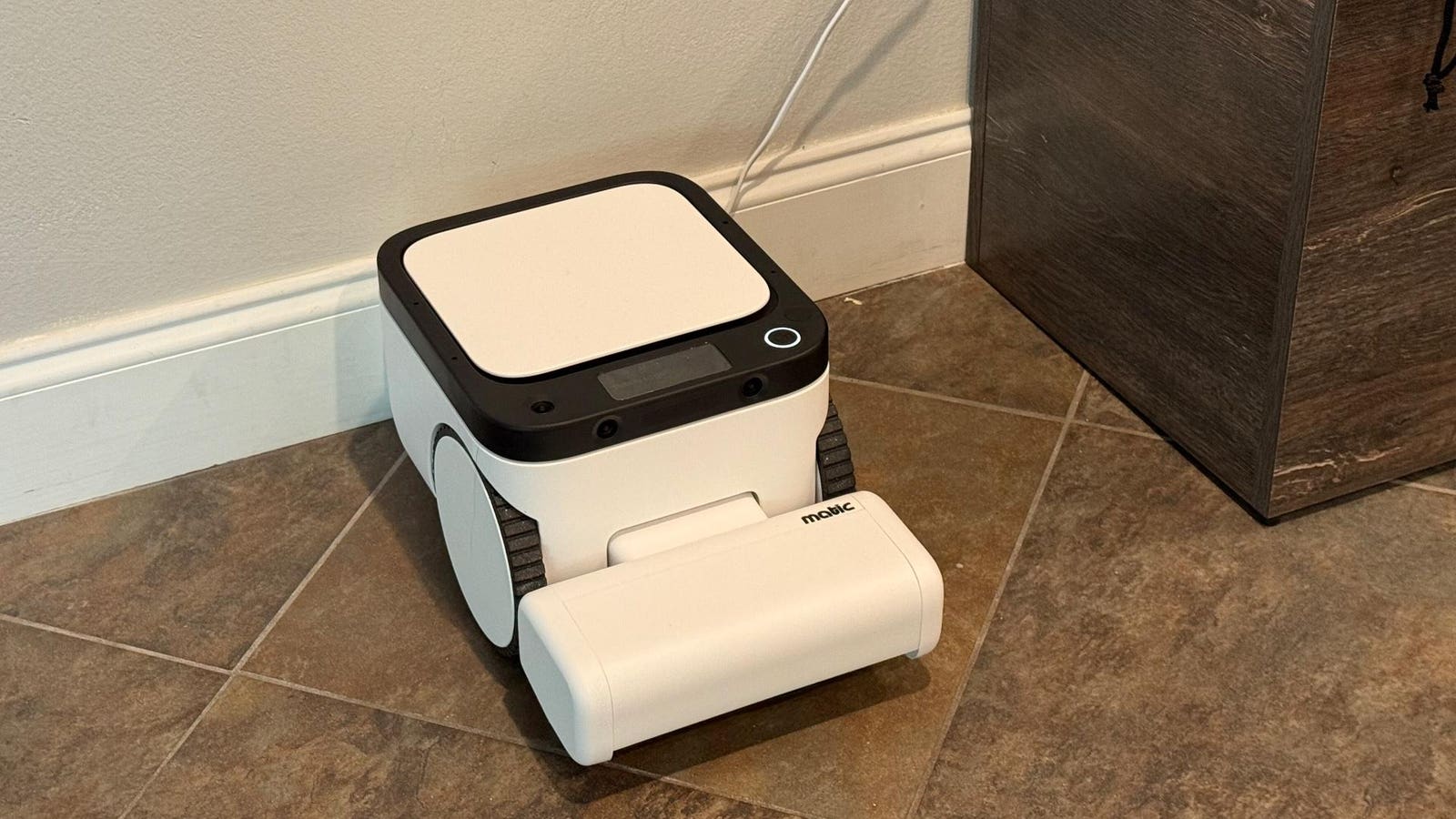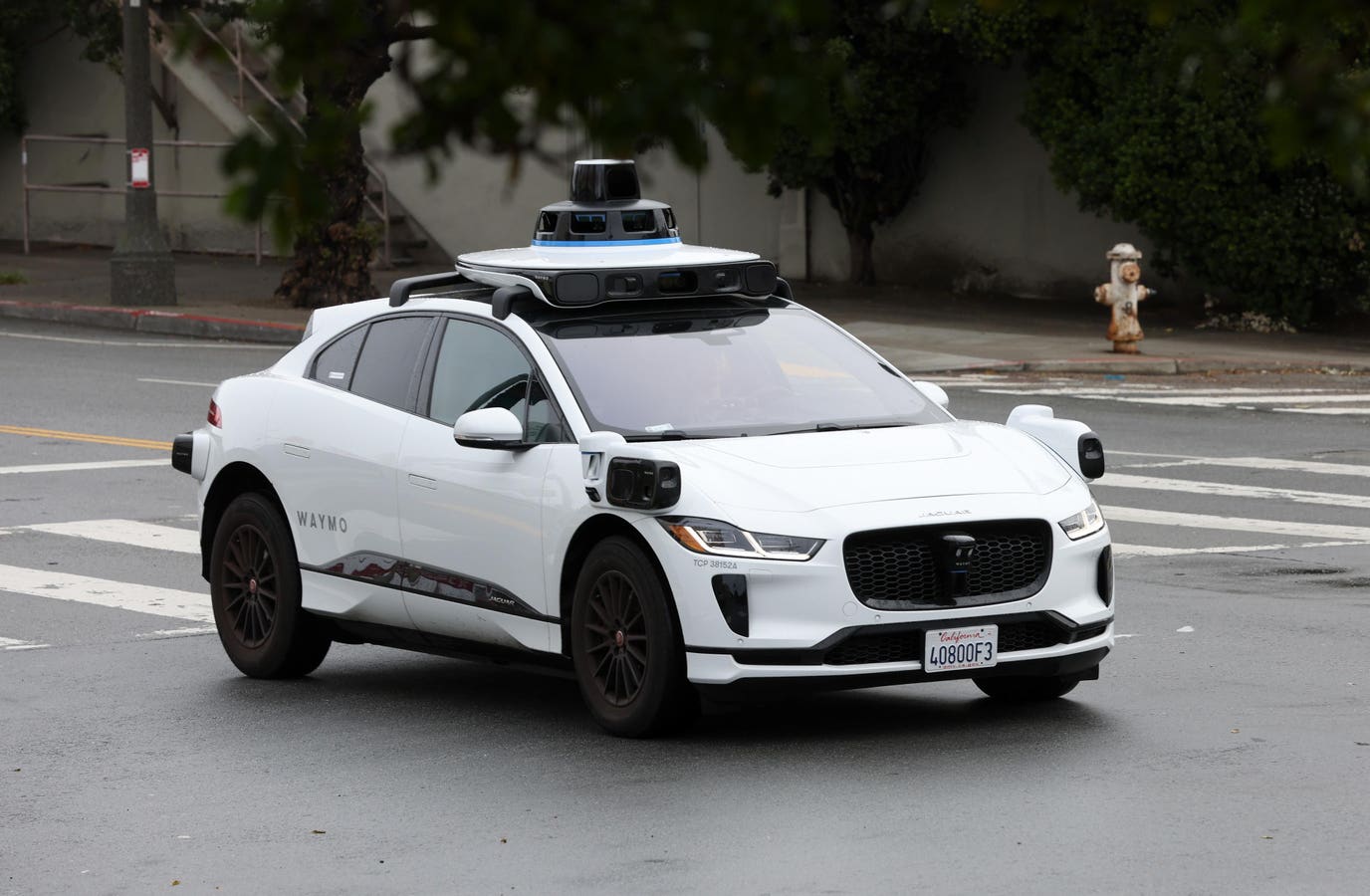Matic, docked and ready
Matic Robots is doing things differently.
In a market dominated by “me too” robovacs, Matic Robots is diverging from the trail beaten into homes worldwide. A cleaning invasion marked by circular bots with mopping pads and docks large enough to require their own rooms has gotten, well, boring. Instead of delivering yet another cookie-cutter robot, the company has developed a high-profile (literally) mopping robovac that cleans more like a person than an appliance.
I sat down with one of the founders of the company, Mehul Nariyawala, and got to learn more about why Matic Robots is making the decisions it is and what they plan for the future.
Matic Looks Different Because it Is Different
Nearly every other robovac on the market is a low circle, studded with sensors and a central radar hump. The one notable exception is Dyson’s 360 VisNav, which also relies mainly on a unique visual input system for navigation. The VisNav and Dyson’s original robot, the 360 Eye showed Mehul and his cofounder, Navneet Dalal, that it was possible to break the mold and still develop an effective robot. They turned that concept into a platform for new cleaning technology.
Blocky and big-wheeled
The Matic’s visual “halo” is set high on the bot, giving it a dramatically different perspective than any other robovac on the market. “It gives the Matic context for what it’s seeing,” said Mehul. “It knows if it’s looking at a couch or a cabinet or a garbage can.” Indeed, that kind of contextual visual language will unlock a whole new set of behaviors as the Matic evolves. Mehul confirmed that the company still plans to deliver behaviors to the Matic, where it will park itself by the sink when it needs water or by the trash can when you need to change out dust bags.
While the hardware most robovacs use to analyze their surroundings is widely accepted, Mehul noted the determination of other robovacs to try and clean things that can’t be cleaned as a resultant limitation. The low perspective is good for determining floor types but isn’t necessarily the best for figuring out if obstacles are part of something else. Indeed, Matic Robots is working on updating Matic so that it can determine “floor and not floor,” essentially. So, for example, whenit sees a small bath mat or similar rug, it knows that it won’t be able to clean it effectively and avoids it.
Visual Navigation to Clean Like You, Not a Robot
Loki supervises the Matic
Matic’s visual navigation creates real-image maps based on what it can actually see (and you can see what it sees in the map it dynamically builds in the app). Rather than lock in a map, Matic is nimble, determining if things are temporary or permanent obstacles in real time, even letting you add new rooms on the fly. The extra height gives it the visual perspective of a toddler (after all, who’s better at navigating at ankle level?), and it really does make a difference.
The Matic’s large wheels allow it to navigate deftly around obstacles. The most amusing example of this was when my cat flumphed down in the path of the Matic as I sent it to go clean around his litter box. This would confound just about any robovac but the Matic simply pivoted and plotted a path around him without hesitation. It even followed the curve of his tail.
Contrast this with the latest, most advanced robovac from Roborock. Watching that device navigate my office, I was surprised by how doggedly dense the bot could be. It tried to get past the low lip of my sliding glass door to escape onto the patio. It was confounded by the clear display cases that it can see into but can’t get past. It banged into the stability board that I was standing on. Its low perspective dooms it to make seemingly avoidable mistakes.
Personality to Make it Part of Your Home
Unboxing is an event
Matic’s reliance on visual navigation pays off in other ways too. When you first set up the bot, it gets to work, mapping your home before you even get the dock out of the box. When you do place the dock, it simply notes it on the map it’s building, knowing that’s where it needs to park itself later. It makes for a robot helper that immediately feels more capable and autonomous.
If the decals that come in the box weren’t enough of an indicator, the Matic was built to be endearing in a way that most home robots aren’t, with rounded corners and contrasting colors. It even has a special unpacking process where the large LCD display shows a personalized greeting (the buyer’s name is programmed in at the factory) and rolls itself out of its box.
The Matic’s dual-action head can only engage vacuuming or mopping, not both simultaneously
That difference in hardware does slow the Matic down. Rather than clean and mop simultaneously, it has a dual-action head that vacuums, then mops. It takes more time than I’m used to from traditional robovas. However, Matic Robots’ ultimate vision for their device is that it doesn’t require you crafting whole-house cleaning routines. Instead, the company ultimately wants Matic to recognize when and where it needs to clean based on the rhythm of your household — like cleaning the kitchen after you’ve finished cooking or sweeping the entryway when you come in from outside.
There are issues that the Matic Robots team is still ironing out. The roller mop, despite the constant wringing and rinsing while it cleans, still needs to be washed and dried by hand every week (depending on usage), otherwise it starts leaving dirty streaks on the floor. And the rubber brush bar, while impressively tangle-free, would still benefit from a customizable notification in the Matic app, lest the ends become clogged by impacted hair that ends up at either end of the brush.
What was notable when talking to Mehul (and Navneet as well when I ran into a problem with an early production unit) is that they see these challenges as problems to fix rather than waving them off as limitations of hardware. In the few weeks I’ve had a Matic tooling around my home, I’ve seen the app evolve and new features pop into existence, introducing solutions and fun touches (like a recent Easter egg hunt).
So the ultimate question, then, is if Matic’s technology is innovative enough to beat companies that have been doing this for years? Matic Robots has a unique business model that’s focused on privacy and its founders have the confidence to try new things rather than blindly adopting established patterns. Indeed, I think they’re one of the more interesting consumer tech companies to watch as they roll out the Matic for consumers. You can find out more on their website.









